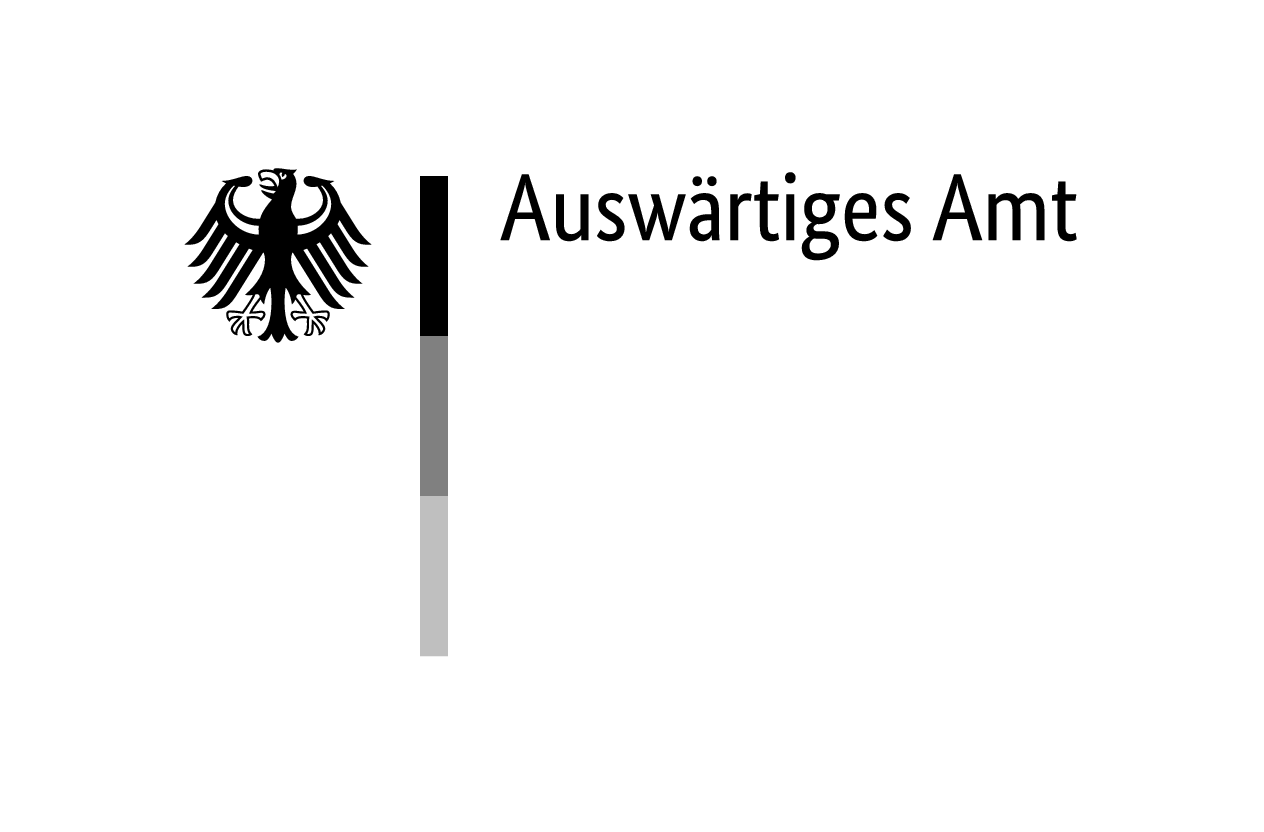Natzweiler concentration camp, created in annexed Alsace (France), was a persecution site for at least 501 Sinti and Roma among the 52,000 internees who passed through this camp and its satellite camps between 1941 and 1944. Inmates endured forced labour, systematic guard violence and—especially for Sinti and Roma—medical experiments. The camp, officially named ‘KZ Natzweiler‘ by the German authorities because of its closeness to the Alsatian commune Natzwiller, is typically recalled as ‘Le Struthof’ in the post-war French memory as it was set up near the Struthof hamlet. Today, this former persecution site is commonly referred to as the Natzweiler-Struthof concentration camp.
Establishment of the Camp
In September 1940, geological research conducted by SS (Schutzstaffel) engineers led to the discovery of a large vein of granite at a place called Le Struthof, situated in the commune of Natzweiler [today Natzwiller, France]. It was located at an altitude of 750 meters overlooking the Bruche valley where, a few months earlier, the Schirmeck-Vorbruck camp had been established. In April 1941, Heinrich Himmler (1900–1945) issued a precise directive to establish a concentration camp at this location to facilitate a quarrying operation. He appointed SS Hauptsturmführer Hans Hüttig (1894–1980) as the first camp commandant, along with SS Obersturmführer Josef Kramer (1906–1945), who had received training in Dachau and was designated as the protective custody camp leader [Schutzhaftlagerführer].
Natzweiler was officially created on 1 May 1941 for male prisoners. On 21 and 23 May 1941, the first transports arrived at the Rothau railway station with 300 detainees from Sachsenhausen who were sent directly to Natzweiler to build the camp infrastructure. In the following months, the site was gradually equipped with an electrified barbed wire fence and several barracks and blocks to allow the efficient operation of the camp, conceived on the model of existing concentration camps in Germany. On 26 October 1941, the first ten Sinti and Roma, labelled as ‘Zigeuner’, were transferred to Natzweiler from Buchenwald on a transport that carried 150 individuals in all. They were the first inmates imprisoned in the camp according to racial categories. At the end of 1942, although the granite quarry was already in operation, the Natzweiler camp’s population of forced labourers remained limited: 921 detainees—mainly ‘political’ prisoners from the Reich and Eastern Europe—were on site while, by comparison, Buchenwald held 82 000 inmates.
In 1943, the Natzweiler-Struthof camp reached its full extent with the multiplication of satellite camps on both banks of the Rhine—more than 50 sites during its existence—and the regular arrival of inmates of diverse origin from across Europe. The number of registered prisoners had trebled since 1942. In late 1943, 2 428 prisoners were spread over the main camp and the network of external work details and satellite camps.
Medical Crimes
Above all, it was during 1943 that Natzweiler-Struthof became a site for medical crimes by Nazi physicians who specifically misused Sinti and Roma to carry out research on the effects of poison gas and to develop vaccines against typhus. Chief among these were Eugen Haagen (1898–1972), Otto Bickenbach (1901–1971) and August Hirt (1898–1945), who were based in the Reichsuniversität founded by the Germans in Strasbourg in 1941. With the support of the Ahnenerbe of the SS, Bickenbach carried out the first experiments with phosgene gas on ten Natzweiler inmates between June and July 1943 in a gas chamber built in April near the camp. This gas chamber was not used for the mass murder of prisoners but was reserved for experimental and racial science projects. In August 1943, 86 Jewish inmates were killed in this gas chamber for the skeleton collection of August Hirt.
No Sinti or Roma seem to have been selected for the first phosgene experiment. But in August 1943, Haagen wrote to the Ahnenerbe and requested ‘human materials’ for his research on typhus. 100 Sinti and Roma from the Auschwitz-Birkenau concentration and extermination camp were sent to Natzweiler for that purpose in November 1943. As a result of the conditions on the transport, 18 perished during the journey and only 20 were considered suitable for testing the experimental typhus vaccine. After ten more prisoners had died in Natzweiler, the 72 men still alive were sent back to Auschwitz on 24 December 1943; 28 new deaths occurred during the transfer. At Haagen’s request, a second group of 89 Sinti and Roma men between the ages of 12 and 37 was transferred from Auschwitz to Natzweiler, arriving in the camp on 12 December 1943.1Steegman, Struthof, 76–77; Bonah et al., La faculté de médecine de la Reichsuniversität Straßburg, 358–359. In January 1944, they were divided into two groups—one immunised, the other not—and exposed to a test infection. According to postwar testimonies, the doctors lacerated their arms to mix their blood with typhus bacilli and observed their physical reactions. In May 1944, a second typhus experiment took place involving Sinti and Roma. Those who survived the tortures were later sent to satellite camps—mainly to Neckarelz—and were used as forced labourers. From June to August 1944, Hirt and Bickenbach resumed their investigations on phosgene and again used the Struthof gas chamber to test their new procedure. This poison gas experiment focused exclusively on a selection of 16 Sinti and Roma. Some of them had previously been used as subjects in Haagen’s typhus research. For the first time, lethal doses of phosgene were administered, leading directly to the deaths of four of them.2The names of these victims are mentioned at the end of the article. Yet another Sinto, Albert Reinhardt (1921–1945), died after the liberation. Cf. Ibid., 332–333.
Evacuation
By the fall of 1944, there were about 7 000 prisoners in the main camp and more than 20 000 in subcamps. Early in September 1944, the Concentration Camp Inspectorate ordered the evacuation of the KL Natzweiler and its satellite camps exposed to the advance of the allied armies. Inmates were transferred to Dachau, where they were sent to various satellite camps in southwest Germany. The Natzweiler camp administration continued to operate after the evacuation of the main camp and to distribute new inmates to many satellite camps on the right bank of the Rhine: In October 1944, 231 Sinti and Roma were transferred directly from Dachau to Schömberg—a Natzweiler satellite camp—to work in a crude oil extraction facility. In April 1945, the last detainees were sent to Dachau and the KL Natzweiler ceased to exist.
Numbers of Victims among the Sinti and Roma Prisoners
While the identities of the Romani detainees remained unknown for a long time, recent research carried out by historians from Strasbourg University and researchers from the Documentation and Cultural Centre of German Sinti and Roma have made it possible to name the victims and reconstruct their biographies. Following the pioneering academic thesis of Robert Steegmann (born 1953), the Natzweiler memorial site published an online database dedicated to the 52 000 inmates with information on their fates. According to the list published in 2006 by Anita Awosusi (born 1956) and Andreas Pflock (born 1968), 501 Sinti and Roma—mainly from Hungary and Germany—passed through Natzweiler or its satellite camps between 1941 and 1944. At least 133 died as a result of the appalling living conditions, forced labour, violence and abuse, or as victims of medical crimes. In total, more than a quarter of the Sinti and Roma prisoners died between 1941 and 1945.
Aftermath
In 1954, the two German doctors Haagen and Bickenbach who had performed medical experiments on camp inmates were sentenced to twenty years of penal labour by a court in Lyon, but they were amnestied in 1955. During the judicial hearings, the medical crimes perpetrated on Roma and Sinti were revealed.
In the immediate post-war period, the former site of the Natzweiler-Struthof camp was the subject of a state-led initiative to build a ‘Memorial to the Heroes and Martyrs of the Deportation’ which was inaugurated in 1960. On the wall of remembrance built inside the former camp, a plaque commemorates the ‘Tsiganes’ (‘Gypsy’) victims. In 2005, the European Centre of Deported Resistance Members was built as a museum and a documentation site. But it was only in 2015 that the history of the Sinti and Roma victims was highlighted, with the unveiling of a memorial plaque located near the Struthof gas chamber in memory of the victims of the phosgene experiments. The names of the four Sinti and Roma who were victims of these abuses are inscribed on it: Adalbert Eckstein (1924–1944), Andreas Hodosy (1911–1944), Zirko Rebstock (1907–1944), and Josef Reinhardt (1913–1944).




